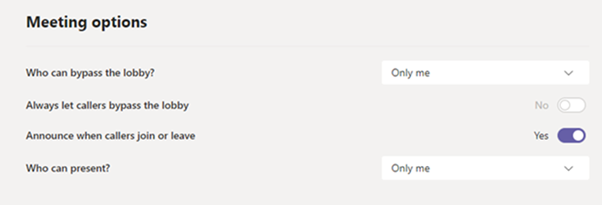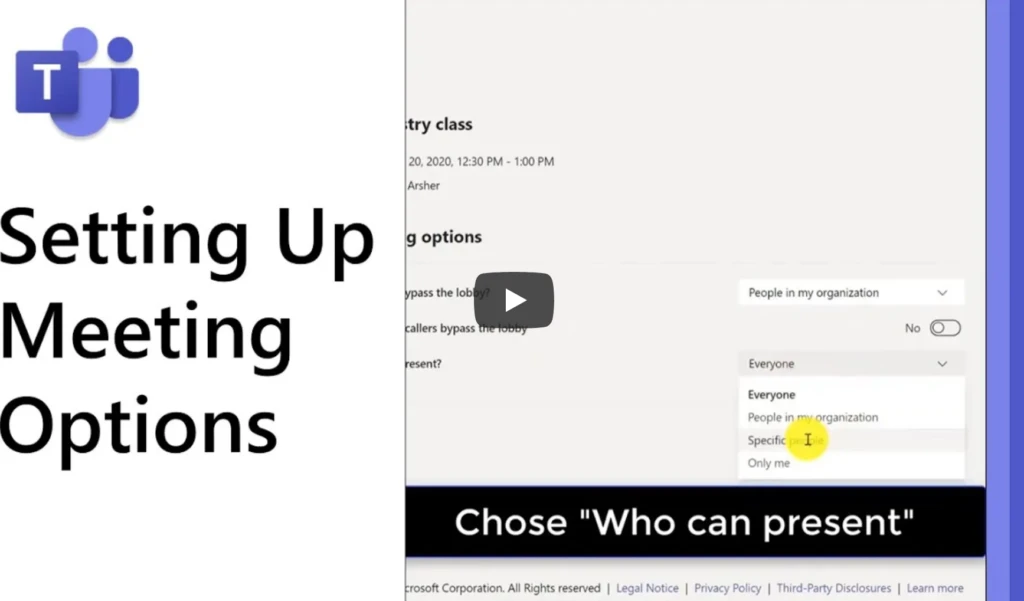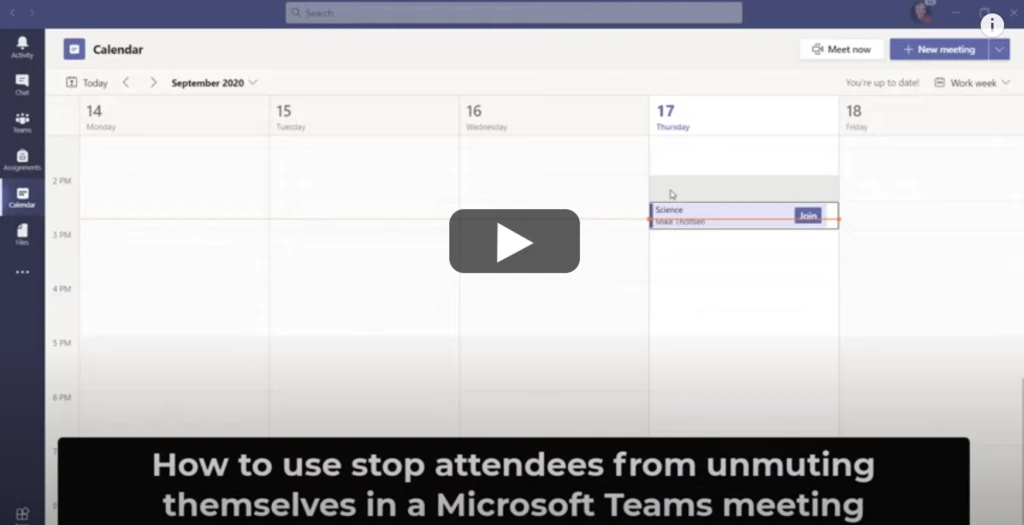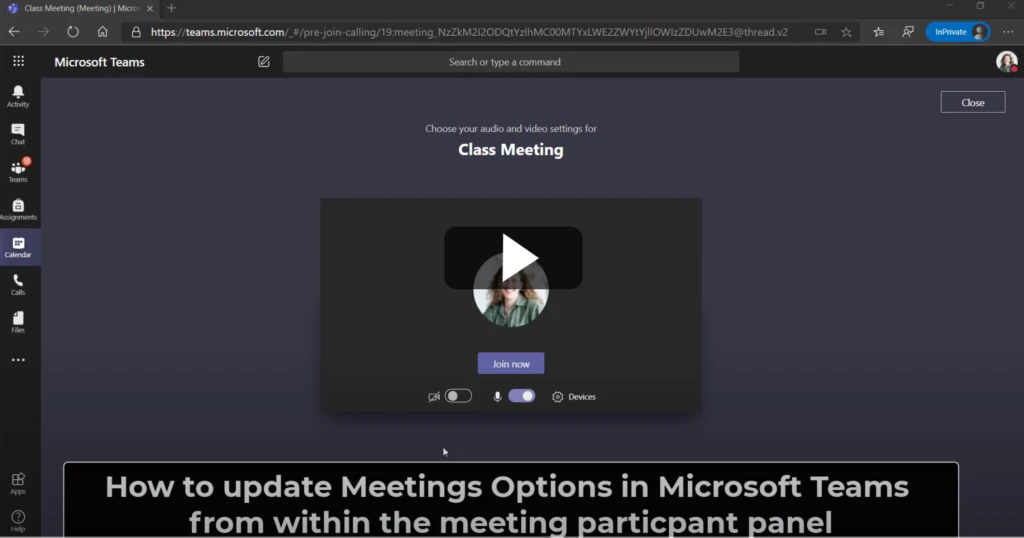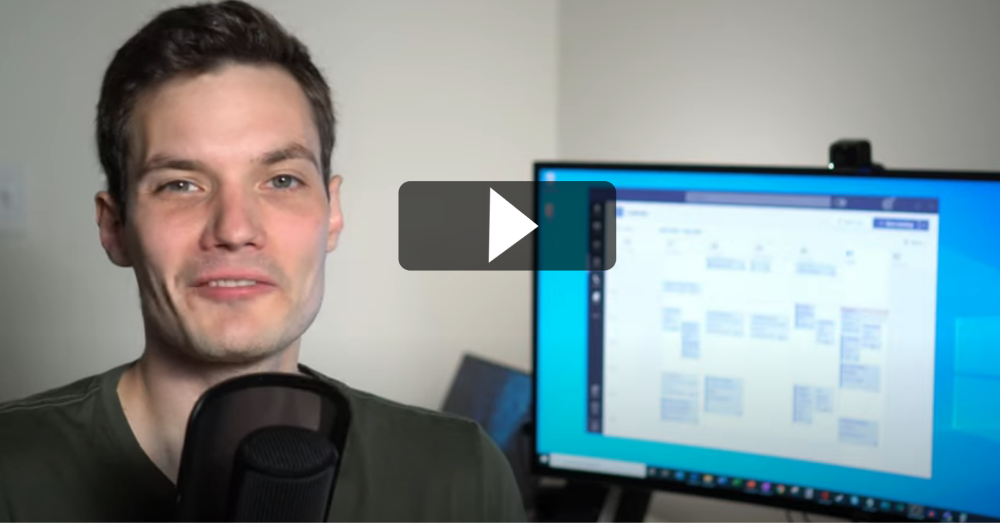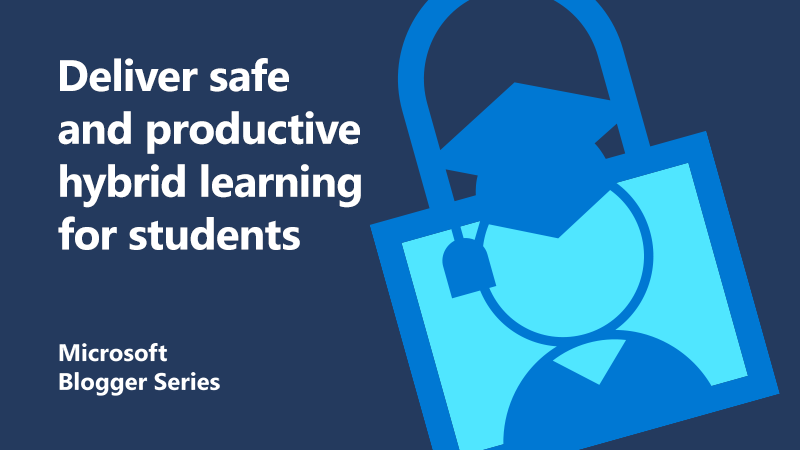
How to deliver safe and productive hybrid learning for students
The past few months have been extremely busy for all of Education across the UK. With everyone taking part in remote or hybrid learning, it’s important teachers and IT teams ensure they have the right settings in place so students and colleagues can easily access the lessons, resources, and information they need. It’s also important to ensure we keep them and the data safe so they can learn in secure environments.
We get some regular questions from teachers and IT teams that we have summarised below, plus you can get more tips in our Keeping students safe while using Teams for distance learning guide.
- How do I manage access to my Channel meeting?
- How do I stop others joining my online lessons?
- How do I mute my students during a lesson?
- How do I remove someone from a meeting?
- How do I get approved external people to join my meetings or classes?
- How can I download an attendance list?
- How do I manage my meeting?
- How do I let a student present during an online class?
- How do I record my class?
- As an IT admin, how can I get a policy guide?
1. How do I manage access to my Channel meeting?
You can make changes to your meetings via the Meeting options button. There are three ways to do this for scheduled meetings:
- In Teams, go to Calendar, select a meeting, and then Meeting options.
- In a meeting invitation, select Meeting options.
- During a meeting, select Show participants in the meeting controls. Then, above the list of participants, choose Manage permissions.
We recommend you set up the lobby option, to help manage the next often-asked question.
2. How do I stop others joining my online lessons?
Using the lobby and the features around joining meetings with students is the best way to stop unauthorised people joining online lessons. The lobby can be enforced at an administrator level and or through individual meetings.
By requiring participants to sign into Teams before they join a meeting, you can recognise who is joining the meeting and if they should be allowed.
Staff can also control chat settings as they need to. You can control the chat settings in channel meetings, including blocking, deleting and muting.
To block, navigate to the channel thread for your meeting. Select the Format button and change Everyone can reply to You and moderators can reply.

To delete messages, you can right-click and delete the messages. Your IT administrator needs to grant you the correct permissions to do this.
If a student is disruptive or behaving inappropriately in class conversations, you can mute them. To do this, Select More Options on your Team’s tile, the Manage team. Select the Members tab, then select the checkmark box under Mute Students.
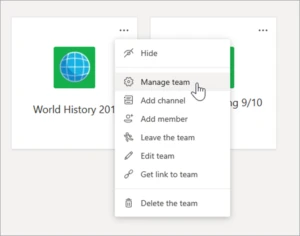
3. How do I mute my students during a lesson?
Let students know that you’re muting their audio, then from the participants list, click Mute all.
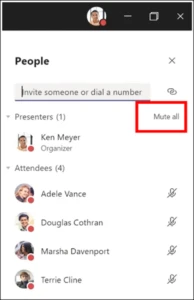
To prevent students from unmuting, select More options next to Participants > Don’t allow attendees to unmute.
4. How do I remove someone from a meeting?
Make sure you have set up the lobby feature. By doing this, you can admit only the staff and students who are supposed to be in the lesson. If you have another teacher or teaching assistant in the class, make them a presenter. They can monitor and admit students who joined late.
If a participant is accidentally admitted to the meeting or is being disruptive, you can remove them from the meeting by clicking Show participants in the call controls, right clicking on the participant, and selecting Remove participant.
Make sure you have set your lobby controls on to ensure they cannot re-join the meeting without entering the lobby first.
5. How do I get approved external people to join my meetings or classes?
There are two ways you can allow users from other organisations: external access and guest access.
External access
External users have no access to your organisation’s teams or teams resources, but they can find, call, chat, and set up meetings with you. External access is turned on by default, but your IT team may have updated the settings. To make sure external users can join your meetings and classes, you’ll need to ask IT to manage external access.
Guest access
This allows an individual user to join a team with nearly all the same capabilities as a native team member. They can chat, call, meet, and collaborate on organisation files. A guest user can be given nearly all the same Teams capabilities as a native team member. Again, you’ll have to ask IT to enable guest access in Teams.
6. How can I download an attendance list?
You may want to track student’s attendance in online classes. An easy way to do this is by downloading a meeting attendance report. Firstly, make sure your IT team have turned it on. They can do this via Manage meeting policies in Teams. Then you can download the attendance list from the Participants pane of the meeting, by clicking the download arrow.
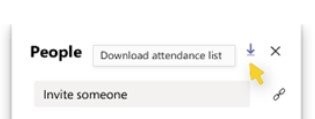
7. How do I manage my meeting?
Once you’ve managed your meeting options and started class, you can do a range of things within the meeting to make your class more interactive and fun.
Change class view
You and your students can change the class view. You can do this in More options, and choose from:
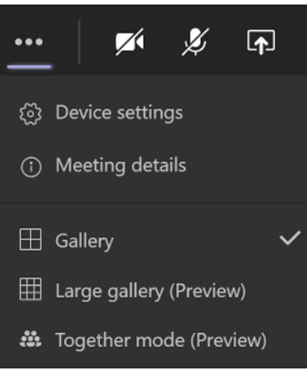
Gallery
The default view. Useful for small meetings or breakout rooms.
Large Gallery
Allows you to see the entire class. Shows up to 49 attendees.
Together mode
Useful for reducing meeting fatigue, Together Mode is good for large discussion groups.
Spotlight mode
Spotlight mode puts the teacher on everyone’s screens, so it’s useful when you need everyone’s attention. Only teachers can turn this on and it will stay until you turn it off. To do this, click Show Participants then More Options. In the menu, choose Spotlight me.

Set up breakout rooms
Breakout rooms are great for facilitating smaller discussions. Only the organiser will be able to set these. In the meeting controls, select Breakout Rooms.
![]()
From there, you can select the number of rooms, and number of users per rooms. You can choose to assign users automatically or manually.
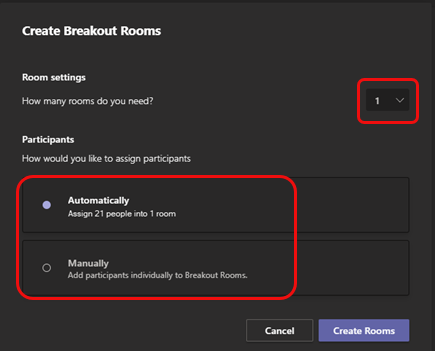
You can see more meeting options in our reference guide.
8. How do I let a student present during an online class?
If a student needs to present content during a meeting, you can promote an attendee to presenter during the meeting. To do this, open the Participants pane, then Manage permissions. In Meeting Options, you can update the Who can present option. You can also manually select attendees by right clicking on their name and selecting Make a presenter. You can turn them back into attendees the same way once they are done.
9. How do I record my class?
You can record classes to share with students who are away, or for them to review later. To do this follow these steps:
- Click on More options
- Press Start recording. This will notify everyone that the recording has started.
- To stop recording, go to More options and select Stop recording.
- Once the recording is processed, it’s saved on Microsoft Stream.
Once the recording is ready, you can watch it in the char or select the More Options icon to watch it on Microsoft Stream where you can enable closed captions and search the meeting transcript. You can also share the lesson with others.
10. As an IT admin, how can I get a policy guide?
The Microsoft Teams for Education Policy Wizard simplifies policy management for your students and educators. You can quickly apply the most important set of policies to create a safe and productive hybrid learning experience.
Hybrid learning resources for educators
Hybrid learning resources for parents
Find out more
Visit the UK Hybrid Learning Hub
Download the hybrid learning guide: Keeping students safe while using Teams for distance learning
Read more education blogs for hybrid learning tips and best practices
About the author
 Alan has been involved in education for over 20 years, both in the classroom and as a senior leader. He moved to work for Microsoft to share best practice and empower staff and students to embrace the ever-changing digital world.
Alan has been involved in education for over 20 years, both in the classroom and as a senior leader. He moved to work for Microsoft to share best practice and empower staff and students to embrace the ever-changing digital world.
Alan thrives on helping both individuals and organisations realise the value of what they already have and how to help everyone save time through technology.

